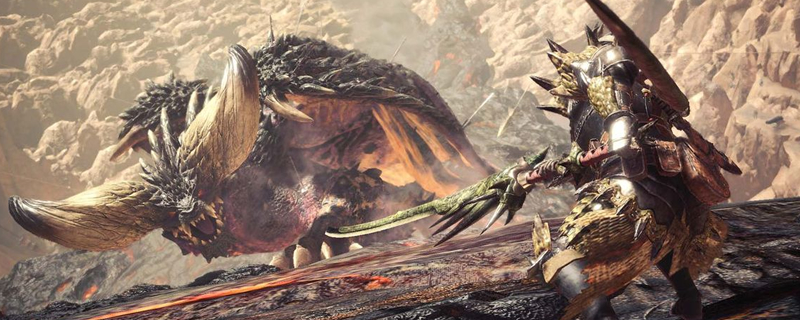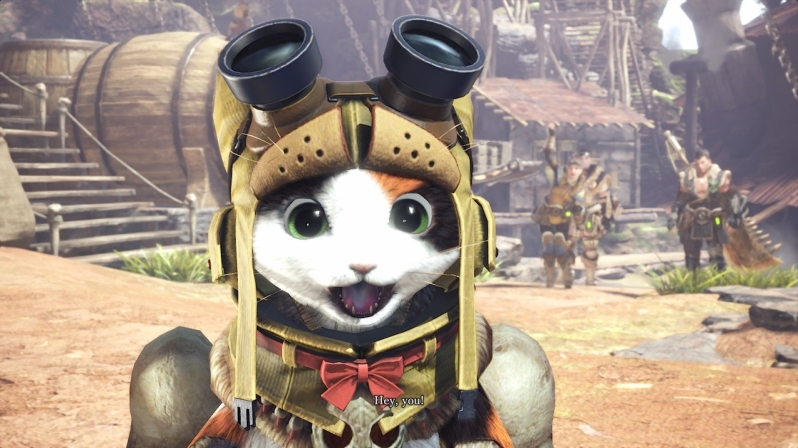Monster Hunter World DLSS Review – Performance and Quality Analysed
Monster Hunter World DLSS Review – Performance and Quality Analysed
Monster Hunter World is an incredibly demanding title on PC: so much so that Nvidia’s mighty RTX 2080 Ti doesn’t even come close to a 60FPS performance target when using the game’s highest preset. Simply put, this game is an ideal candidate for DLSS. This game needs more graphical horsepower to achieve a solid 4K 60FPS framerate, and the AI powers of Nvidia’s RTX series may be able to provide that through DLSS. Â
Nvidia’s DLSS (Deep Learning Super Sampling) technology is designed to upscale a lower resolution image to higher resolutions, using the power of Nvidia’s algorithm and the RTX series’ AI-focused Tensor cores to add extra detail and to reduce aliasing. Better still, Nvidia’s technology promises that frames will be rendered faster, enabling higher framerates and smoother running games.Â
The question today is how well DLSS works in Monster Hunter World. Will the shortcomings of Nvidia’s AI enhancement not be worth the performance increase it provides, or will DLSS provide gamers with the power needed to push this monster past 60FPS at 4K?
 Â
GPU Selection
This testing aims to look at the performance and image quality impacts of DLSS, leaving us with no choice but to look exclusively at Nvidia’s RTX series graphics cards. This means that we will be using Nvidia’s RTX 2060 and RTX 2080 Ti, the two Nvidia RTX graphics cards in our gaming test suite.Â
Geforce RTX 20-Series
– Nvidia RTX 2080 Ti Founders Edition
– Nvidia RTX 2060 Founders Edition




